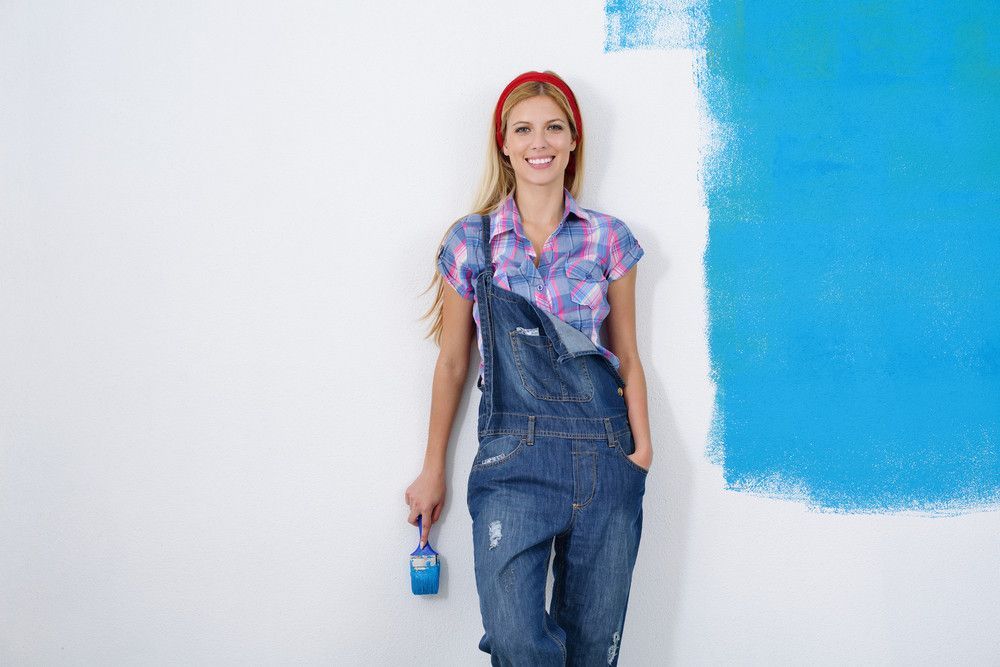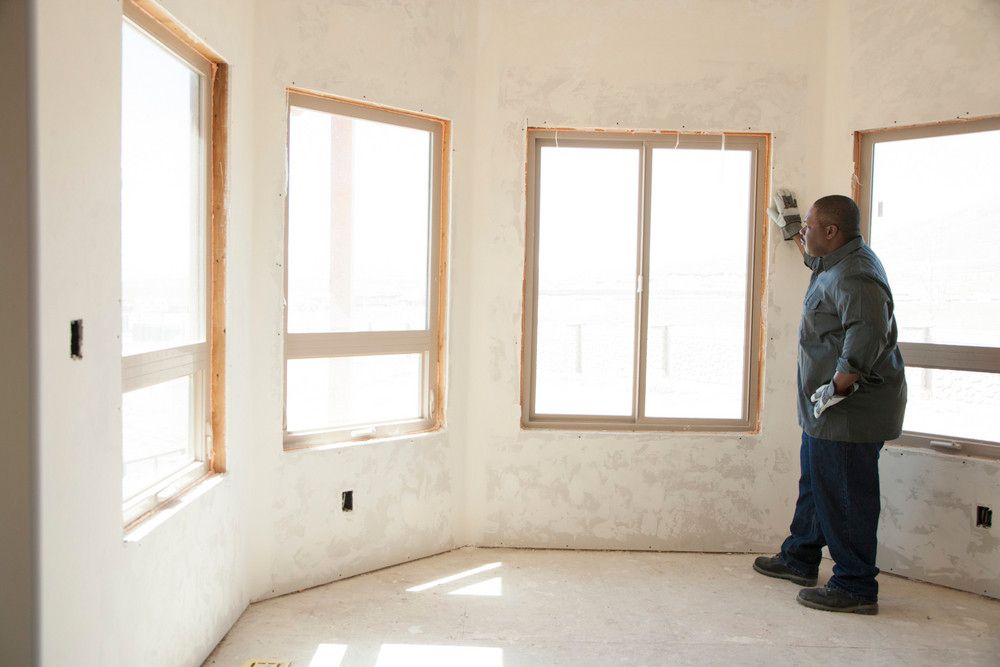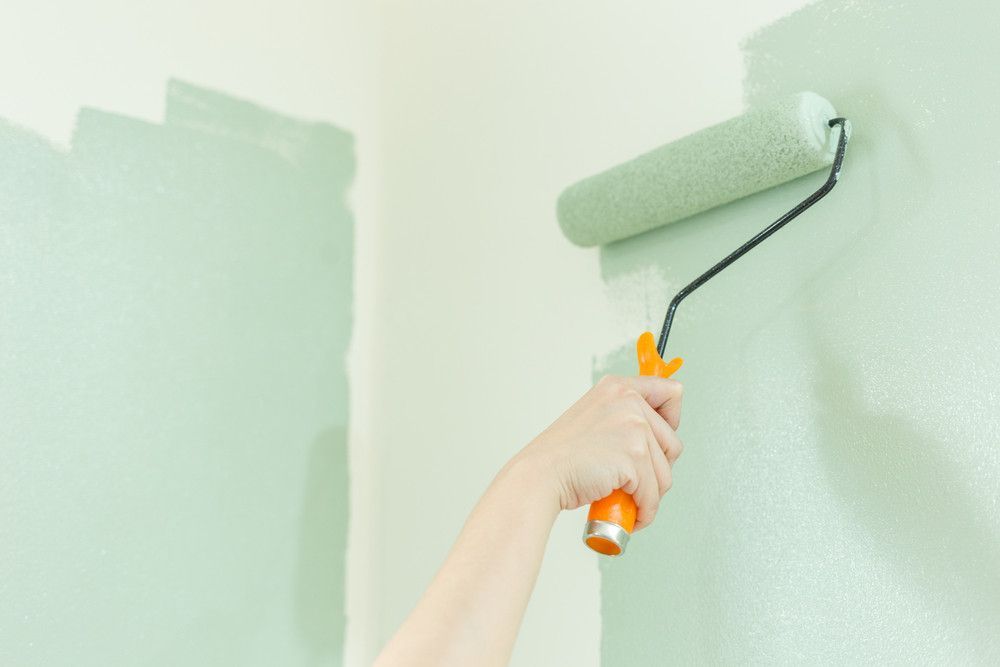Drywall and Moisture: What You Need to Know
Drywall is a fundamental component in most modern homes, providing essential structure and form to walls and ceilings. However, this material, while versatile and practical, is also vulnerable to moisture damage. Understanding how moisture impacts drywall and knowing how to manage it is critical to maintaining the integrity and longevity of your home’s interior.
How Moisture Damages Residential Drywall
Moisture affects drywall in several ways, often leading to deterioration that can compromise not only aesthetic aspects but structural integrity as well. If residential drywall absorbs too much moisture, it can become soft and start to disintegrate. Mold and mildew are also common problems associated with high humidity levels. Hence, maintaining appropriate moisture levels in your home is crucial to prevent these issues, especially since drywall is considered to have an appropriate moisture level if it's between 5% and 12%, according to Hunker.
Managing Moisture to Protect Your Residential Drywall
The humidity levels in your home can be surprising. According to Hunker, most houses have varying levels of humidity up to 50%. This is significantly higher than the optimal moisture range for drywall, which means that consistent exposure to such conditions can gradually damage your walls. To manage indoor humidity levels and ensure that your drywall remains in good condition, using dehumidifiers or ensuring proper ventilation is advised. Regular checks with a moisture meter can help monitor and maintain the desired moisture levels in your drywall.
Preventing Moisture Damage in Moisture-Prone Areas
Another important factor to consider is the placement and installation of drywall, particularly in areas highly susceptible to moisture, like basements and bathrooms. In these spaces, moisture-resistant drywall, such as green board or blue board, should be installed to deter water absorption. Additionally, sealing joints and using appropriate primers and paints can act as moisture barriers, providing extra layers of protection against any potential water damage.
While drywall is a durable and widely used building material, it requires careful attention to moisture levels to preserve its integrity. Regularly monitoring the humidity in your home and taking preventative steps to manage moisture can go a long way in protecting your residential drywall from damage. Implementing these strategies can help maintain both the aesthetics and safety of your living environment, ensuring your home remains comfortable and secure. For expert help with drywall installation and moisture protection, contact Flores Drywall & Painting today!
Share:
Search:
Recent Posts








